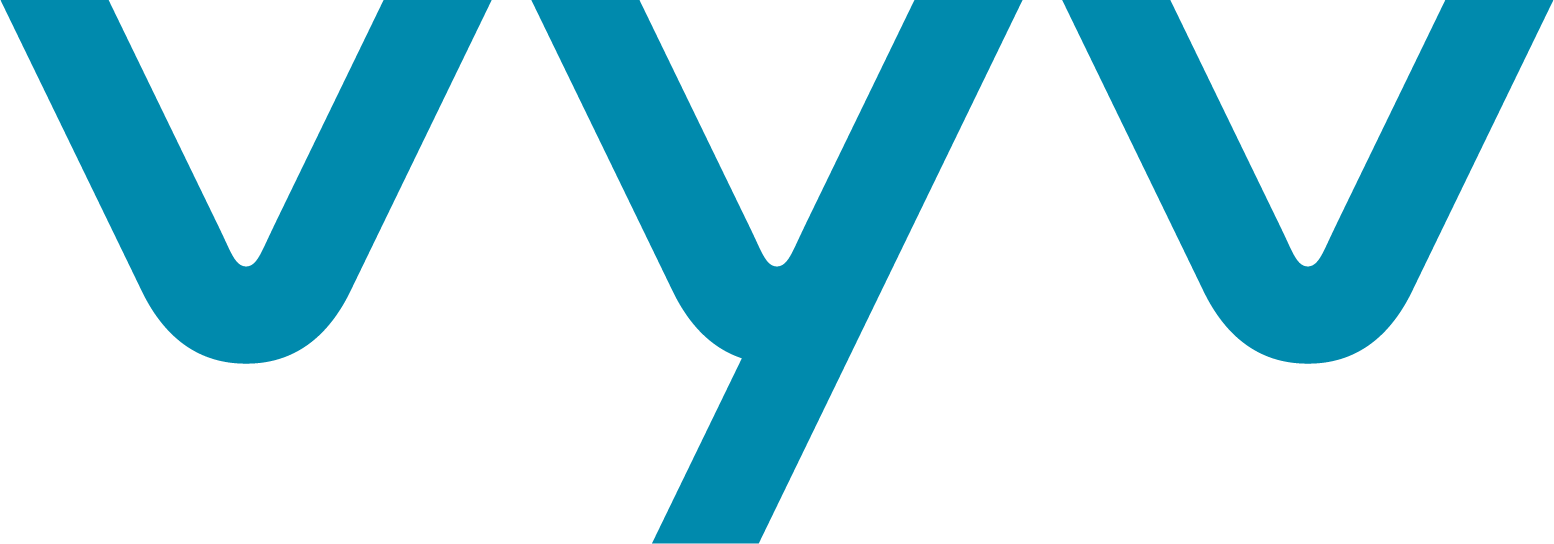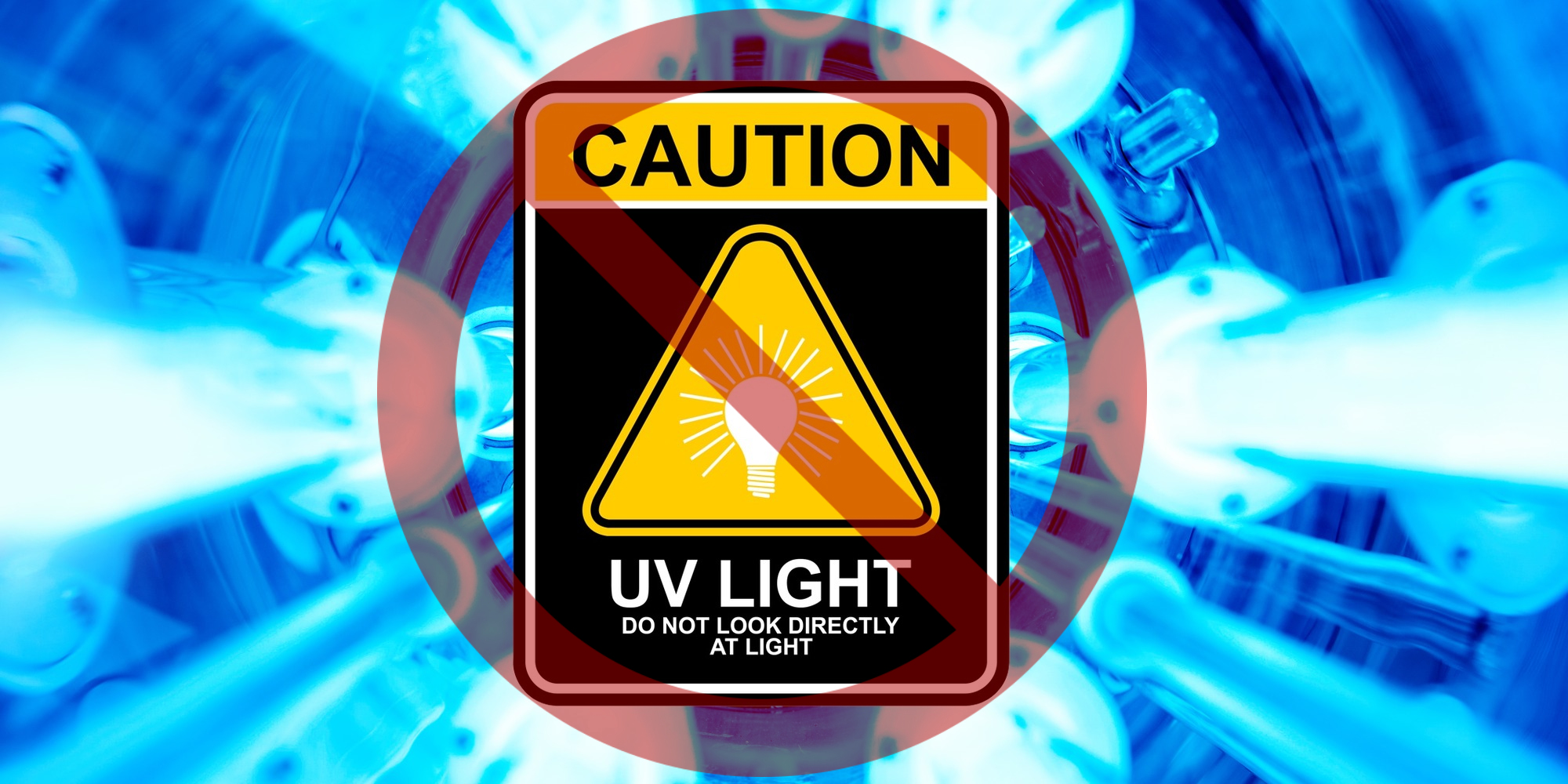
Exposure to disinfecting or sterilizing doses of UV-C light is not safe for humans.
UV light occurs in the 100-380nm frequency range, and is separated into UV-A, UV-B, and UV-C based on wavelength. The wavelengths that are most germicidal and commonly used for sterilization or disinfection occur from 200-280nm, which is known as UV-C.
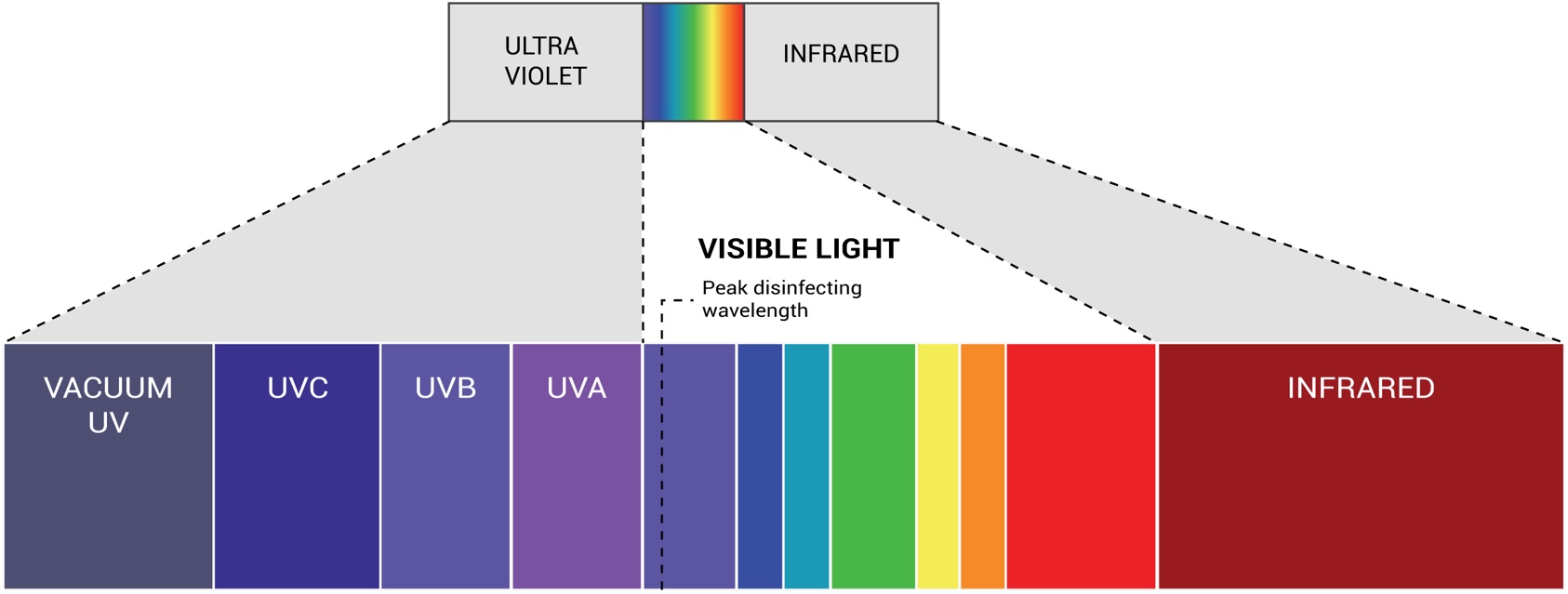
UV-C light works as a disinfectant by penetrating the nucleus of a microbe, destroying nucleic acids and disrupting DNA structures. Damaged DNA accumulates, leaving cells unable to perform vital functions, causing cell death. UV-C damages DNA in the cells of all living things – people, animals and plants. Exposure to doses of UV-C light is simply not safe for humans because it can cause sunburns and lead to skin cancer and eye disease.
UV-C should only be used in unoccupied areas or within an enclosed space with no risk of human exposure. UV light impacts materials by breaking down the chemical bonds in plastics, rubber, insulation and other similar materials. This leads to rapid aging and deterioration and potentially costly repairs or replacements.
A Comparison Between Vyv and Ultraviolet Light
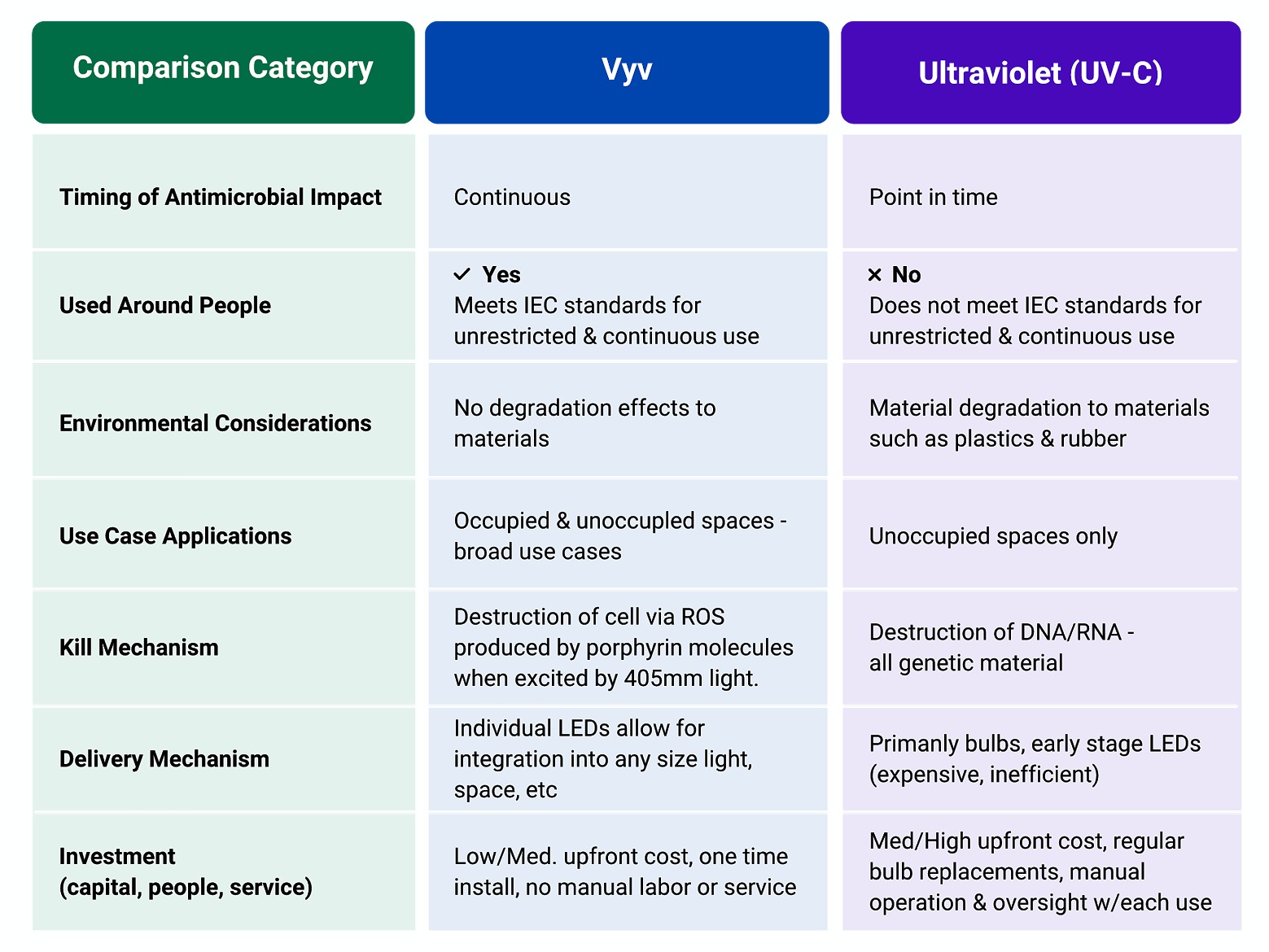
Let’s be in touch.
If we can answer any questions or you’d like to brainstorm ideas about how you can apply antimicrobial LED light, please say hi to Vyv.
